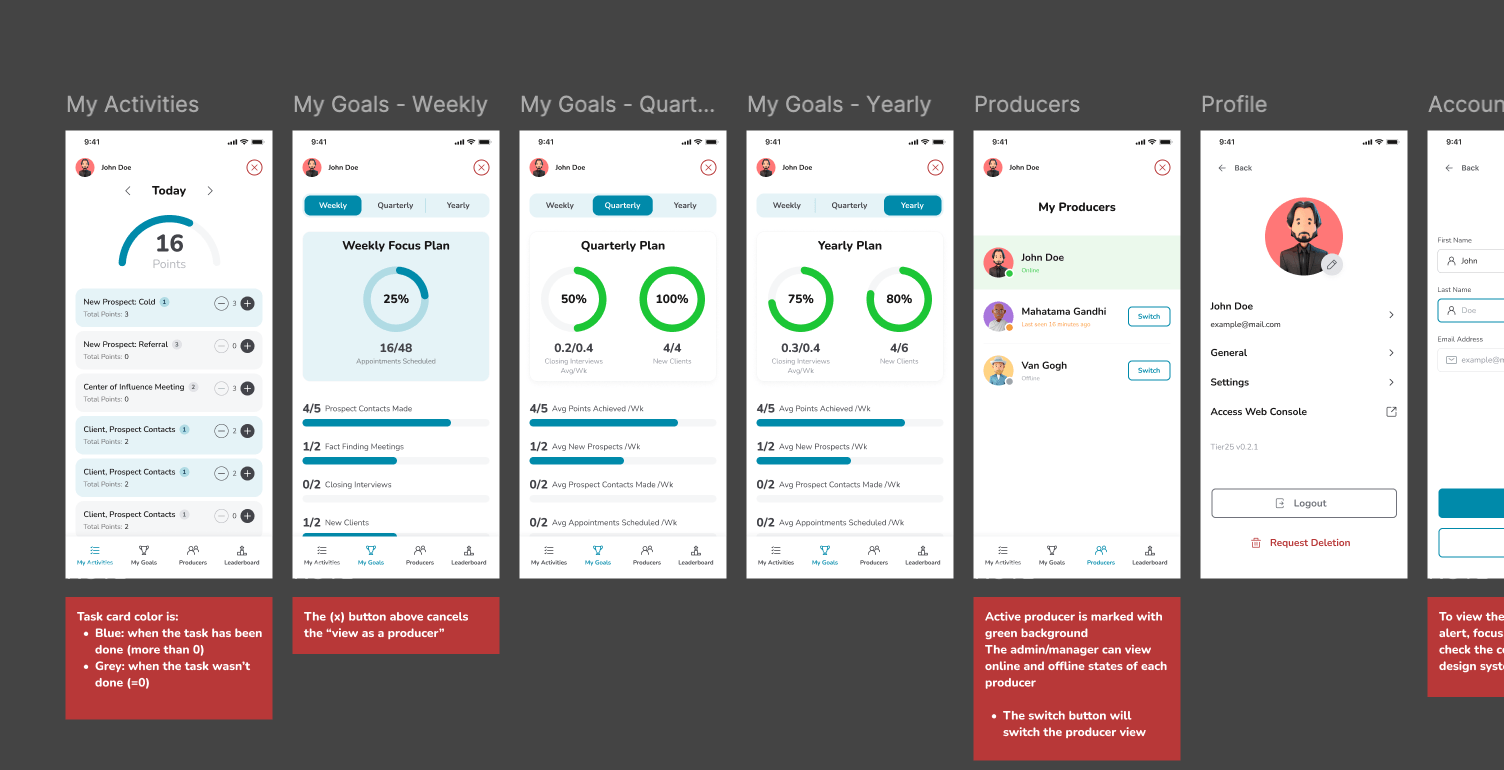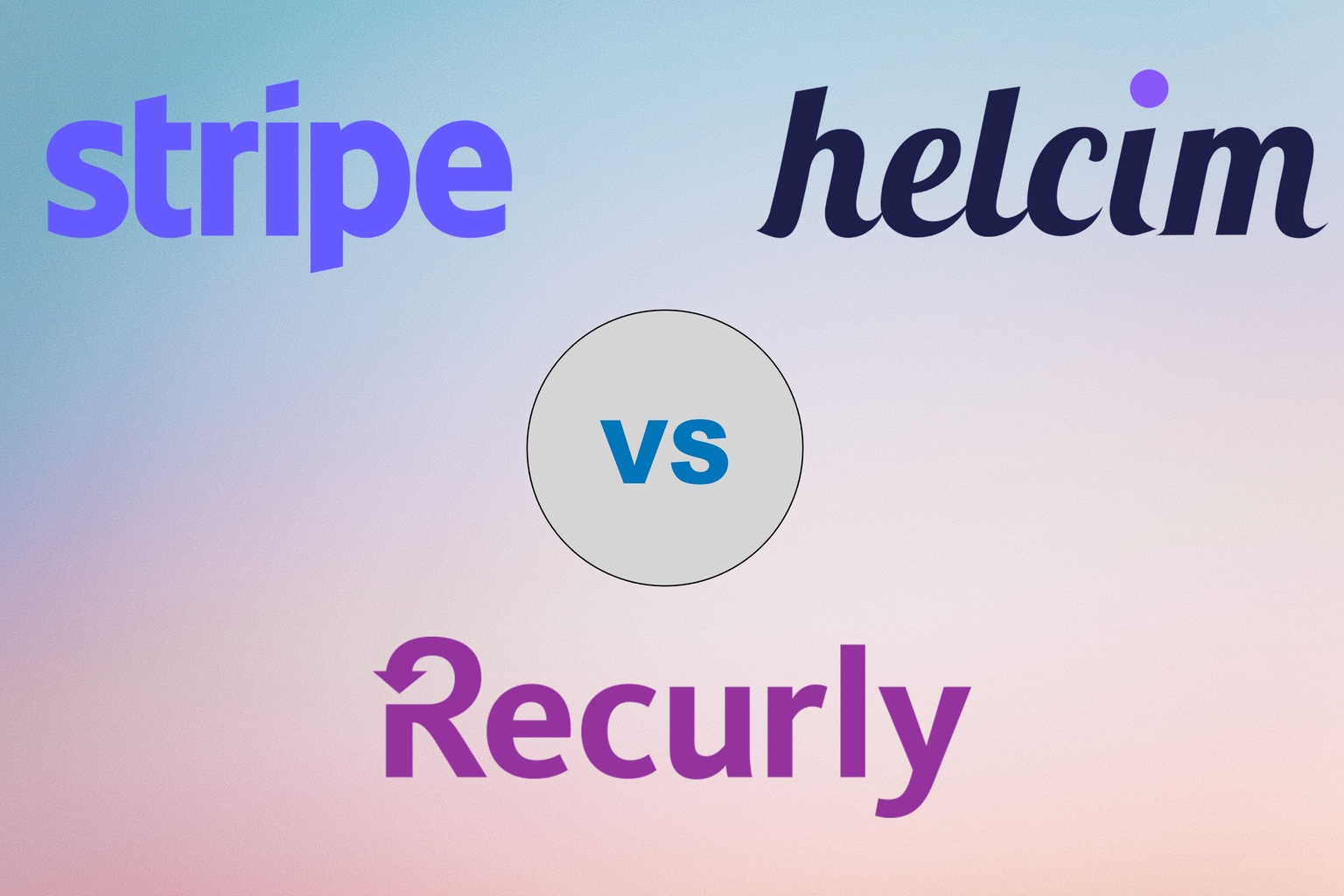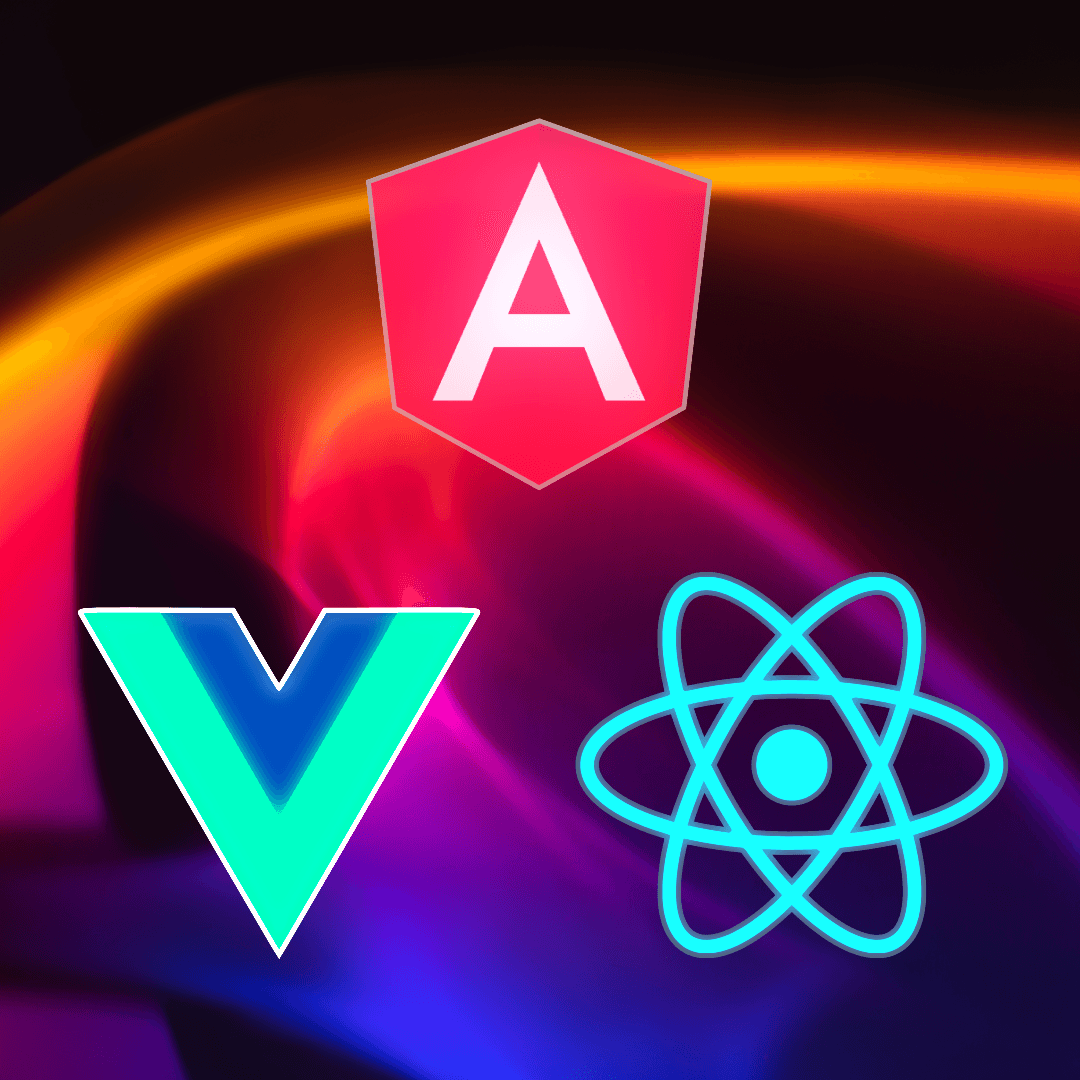Headless or Traditional Shopify Site

In the fast-paced world of e-commerce, staying ahead of the curve is crucial for businesses looking to thrive online. Traditional Shopify websites have long been the go-to solution, offering a user-friendly interface and powerful features. However, the emergence of headless commerce is changing the game, providing a new level of flexibility and customization. In this blog post, we'll explore how a headless Shopify site can outperform a regular one and how NextGen Software is at the forefront of providing innovative solutions for both.
I. The Rise of Headless Commerce:
Decoupling Frontend and Backend:Headless commerce involves separating the frontend presentation layer from the backend commerce functionality. Traditional Shopify sites are tightly integrated, meaning any changes to the frontend affect the backend and vice versa. In contrast, headless architecture allows for independent development of the frontend and backend, providing unparalleled flexibility.
Enhanced Customization:Headless Shopify empowers developers to create unique and highly customized user interfaces. With the freedom to choose the technology stack for the frontend, businesses can design immersive and tailored customer experiences that resonate with their brand identity.
Optimized Performance:Headless architecture often results in faster loading times and improved performance. By serving only the necessary content and resources, headless Shopify sites reduce unnecessary bloat, ensuring a seamless and speedy user experience.
II. The Drawbacks of Traditional Shopify:
Design Limitations:While traditional Shopify sites are user-friendly and easy to set up, they come with design limitations. Customizing the frontend beyond the capabilities of Shopify's themes can be challenging, hindering the ability to create a truly unique and brand-specific look.
Scalability Concerns:As businesses grow, the limitations of a monolithic system may become apparent. Traditional Shopify might struggle to keep up with increasing traffic and evolving business needs. Headless solutions, on the other hand, offer scalability and adaptability for future growth.
III. NextGen Software: Bridging the Gap:
Support for Both Architectures:NextGen Software understands the diverse needs of businesses and provides solutions for both traditional and headless Shopify setups. Whether you prefer the simplicity of a traditional site or the flexibility of a headless approach, NextGen Software has you covered.
Unified Management:NextGen Software offers a unified management system that streamlines operations for both types of architectures. This ensures that businesses can seamlessly manage inventory, orders, and customer data, regardless of their chosen Shopify setup.
Advanced Integration Capabilities:The NextGen Software platform excels in integration capabilities, facilitating smooth communication between various systems and channels. This is crucial for businesses seeking to connect their Shopify store with other tools and platforms to enhance overall efficiency.
Conclusion:
In the dynamic landscape of e-commerce, the choice between a traditional and a headless Shopify site depends on the unique needs and goals of each business. NextGen Software emerges as a key player, providing a versatile solution that empowers businesses to embrace the future of e-commerce, whether through the simplicity of traditional Shopify or the cutting-edge capabilities of headless commerce. As the industry continues to evolve, NextGen Software remains at the forefront, ensuring that businesses can adapt and thrive in the ever-changing digital marketplace.









